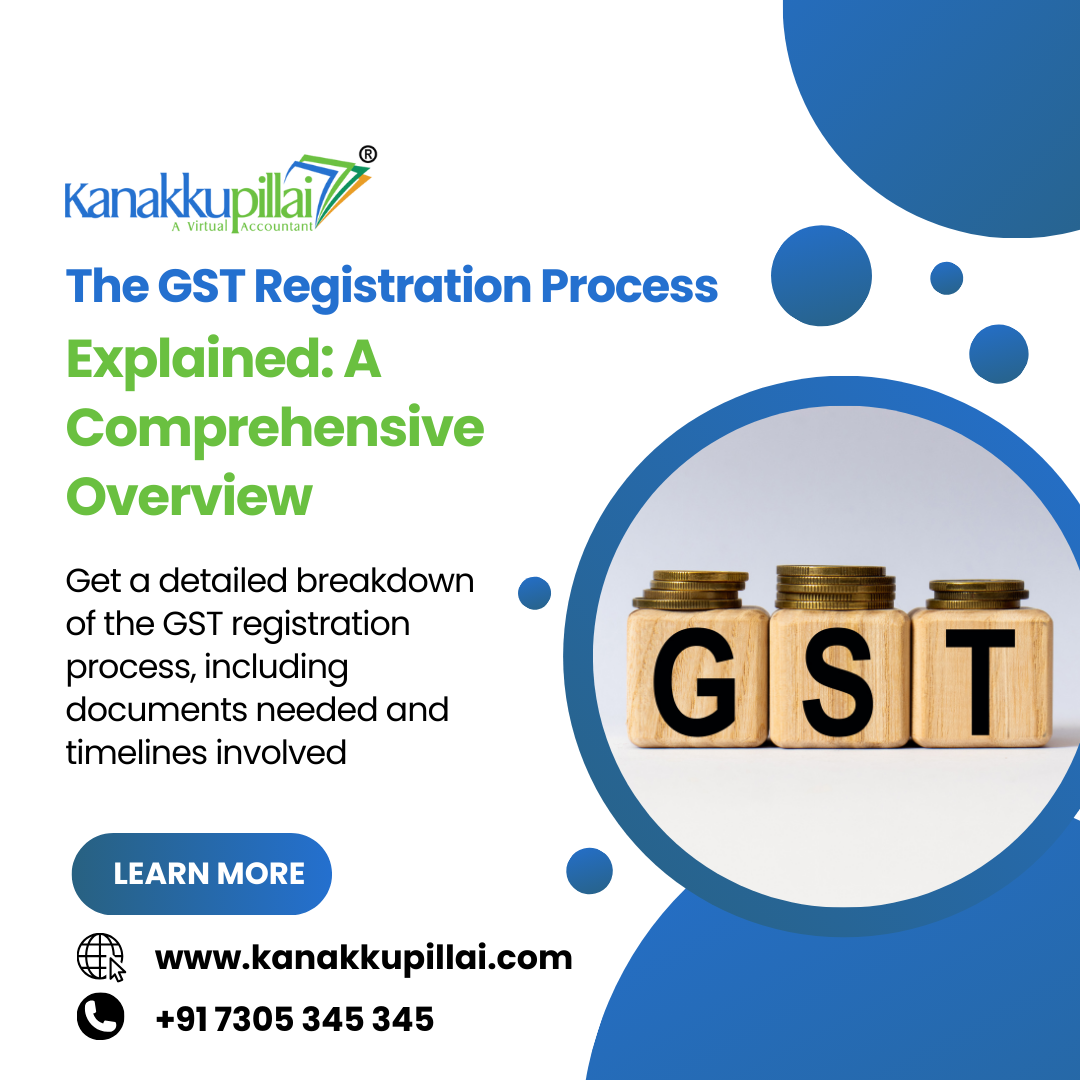Introduction
The Goods and Services Tax (GST) has transformed the taxation landscape in India since its implementation on July 1, 2017. Understanding the GST registration online process is crucial for businesses aiming to comply with tax regulations and leverage the benefits of being a registered taxpayer.
What is GST Registration?
GST registration is a mandatory process for businesses whose turnover exceeds specified thresholds. It enables them to collect tax on behalf of the government and avail input tax credits on their purchases. Failure to register can lead to severe penalties, making it essential for eligible businesses to complete this process.
Why is GST Registration Important?
- Legal Compliance: Ensures that your business complies with tax laws.
- Input Tax Credit: Allows businesses to claim credits for taxes paid on inputs.
- Enhanced Credibility: Registered businesses are perceived as more trustworthy.
- Access to E-commerce: Many online platforms require GST registration for sellers.
Who Needs to Register for GST?
Businesses must register for GST if they meet any of the following criteria:
- Annual turnover exceeds ₹40 lakh (₹20 lakh for special category states).
- Engaged in inter-state supply of goods or services.
- Supplying goods through e-commerce platforms.
- Required to pay tax under reverse charge mechanism.
The GST Registration Process
Step 1: Prepare Required Documents
Before starting the GST registration online, gather the necessary documents:
- PAN Card: Permanent Account Number of the business.
- Aadhaar Card: Identity proof of the authorized signatory.
- Business Registration Proof: Certificate of incorporation, partnership deed, etc.
- Address Proof: Utility bill, rental agreement, etc.
- Bank Account Statement: Recent bank statement or canceled cheque.
Step 2: Visit the GST Portal
To initiate the registration process, visit the official GST portal
Step 3: Create a New User Account
If you are a first-time user:
- Click on "Register Now."
- Select "New Registration."
- Fill in your details, including PAN, mobile number, and email address.
- You will receive an OTP for verification.
Step 4: Fill Out the Registration Form
Once logged in:
- Navigate to Form REG-01.
- Enter all required information accurately:
- Business details (name, address, type).
- Authorized signatory details.
- Bank account information.
Step 5: Upload Documents
Upload scanned copies of all required documents as per the specifications mentioned on the portal.
Step 6: Submit Application
After filling out the form and uploading documents:
- Review all entries carefully.
- Submit the application by clicking on "Submit."
Step 7: ARN Generation
Upon successful submission, you will receive an Application Reference Number (ARN) via email and SMS. This number allows you to track your application GST Registration Status.
Step 8: Verification by Tax Authorities
The GST authorities will verify your application and documents within 3-7 working days. If everything is in order, you will receive your GSTIN (Goods and Services Tax Identification Number).
Step 9: Receive GST Registration Certificate
Once approved, download your GST registration certificate from the portal. This certificate is proof of your registration under GST.
Common FAQs about GST Registration
What is the processing time for GST registration?
Typically, it takes about 3-7 working days for the application to be processed and approved.
Can I apply for GST registration online?
Yes, businesses can easily apply for GST registration online through the official GST portal.
What happens if I don’t register for GST?
Failure to register can lead to penalties ranging from ₹10,000 or 10% of the tax due amount, whichever is higher.
Is there a fee for GST registration?
No fee is charged for obtaining a GSTIN; however, professional fees may apply if you choose to hire assistance.
Conclusion
The GST registration online process simplifies compliance with tax regulations while providing numerous benefits for businesses. By following the outlined steps and ensuring that all documentation is accurate and complete, businesses can navigate this essential process smoothly. For those who find it challenging, seeking assistance from professionals can help ensure compliance and avoid penalties.
By understanding and implementing these steps effectively, businesses can focus on their core operations while remaining compliant with India's taxation framework. Embrace the advantages of being a registered taxpayer today!





Comments